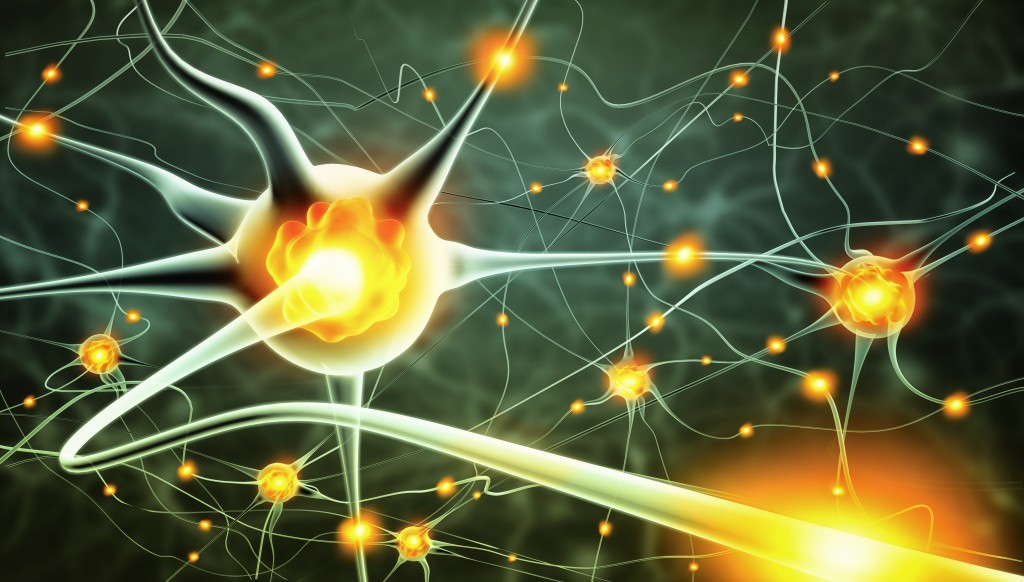
Stressful or traumatic events experienced during pregnancy can have long-lasting effects on the fetus, yet these effects may not become apparent until many years later, according to a study suggesting that girls born of such pregnancies may be at greater risk for developing a painful muscle condition called fibromyalgia as adults.
The study, presented at the 6th International Congress of Neuroendocrinology (ICN 2006), shows how vulnerable a fetus is to “prenatal programming.” Indeed, animal studies presented at ICN 2006 indicate that a synthetic hormone commonly given to pregnant women at risk for delivering early can permanently affect the newborn’s neuroendocrine system and may have even more profound effects on those born in the next generation. ICN 2006 is being held at the David L. Lawrence Convention Center in Pittsburgh June 19 – 22.
Summaries of these studies’ findings follow:
Stress during pregnancy may put baby girls at later risk for fibromyalgia
New research suggests girls who were born following pregnancies that were encumbered by stressful life events may be at greater risk for developing fibromyalgia later in life. While little is known about the causes of fibromyalgia, a condition affecting mostly women and characterized by extreme fatigue and widespread muscle pain, the studies led by Dirk Hellhammer, Ph.D., professor of psychobiology at the University of Trier, Germany, indicate “prenatal programming” likely plays a role. Stress experienced during pregnancy can affect the development of the fetus’s adrenal gland, permanently limiting its capacity for producing adequate amounts of the hormone cortisol, he reports.
Compared to 100 healthy female control subjects, significantly more patients among the 93 women diagnosed with fibromyalgia reported their mothers had experienced profound stress during pregnancy, such as the loss of a partner, physical or emotional trauma or lack of social support. Moreover, of these patients born of such pregnancies, only the women had “blunted” cortisol response in a standardized measure of psychological stress, an observation that supported findings in animal studies. Furthermore, low cortisol levels were only observed in patients with a history of prenatal stress. While more study is needed, results collected so far provide strong evidence that girls may be at added risk for developing fibromyalgia if, while in the womb, they were exposed to higher than normal levels of cortisol produced by their mothers in response to stress.
Effects of steroid drug during pregnancy can span generations
A synthetic hormone commonly given to pregnant women at risk for delivering early not only can result in permanent changes to the newborn’s neuroendocrine system, but may have even greater effects on those born in the next generation, indicate results from animal studies.
Approximately 7 percent of pregnant women are treated with synthetic glucocorticoid to help hasten lung development when pre-term birth seems likely. Both animal and human clinical studies have shown the treatment could have long-term effects on neuroendocrine function and behavior. Using a guinea pig model, Stephen G. Matthews, Ph.D., professor, physiology, obstetrics & gynecology and medicine, University of Toronto, Faculty of Medicine, has shown that late-pregnancy exposure affects neurotransmitter systems – the brain’s primary communications vehicle – and makes fundamental changes to stress response mechanisms. Moreover, exposure in the womb to these synthetic hormones, which also have potent anti-inflammatory and immunosuppressive properties, can have life-long consequences. According to Dr. Matthews’ research, exposure affects the hypothalamic-pituitary-adrenal axis (HPA), which controls how the body responds to stress and is involved in regulation of energy balance and the immune system as well. Now, in more recent studies, his group is finding such effects extend to second generation offspring, in whom changes to HPA function and behavior are even greater than in those directly exposed. For instance, animals whose grandmothers were treated with glucocorticoids exhibit reduced levels of stress hormones and modified activity.



